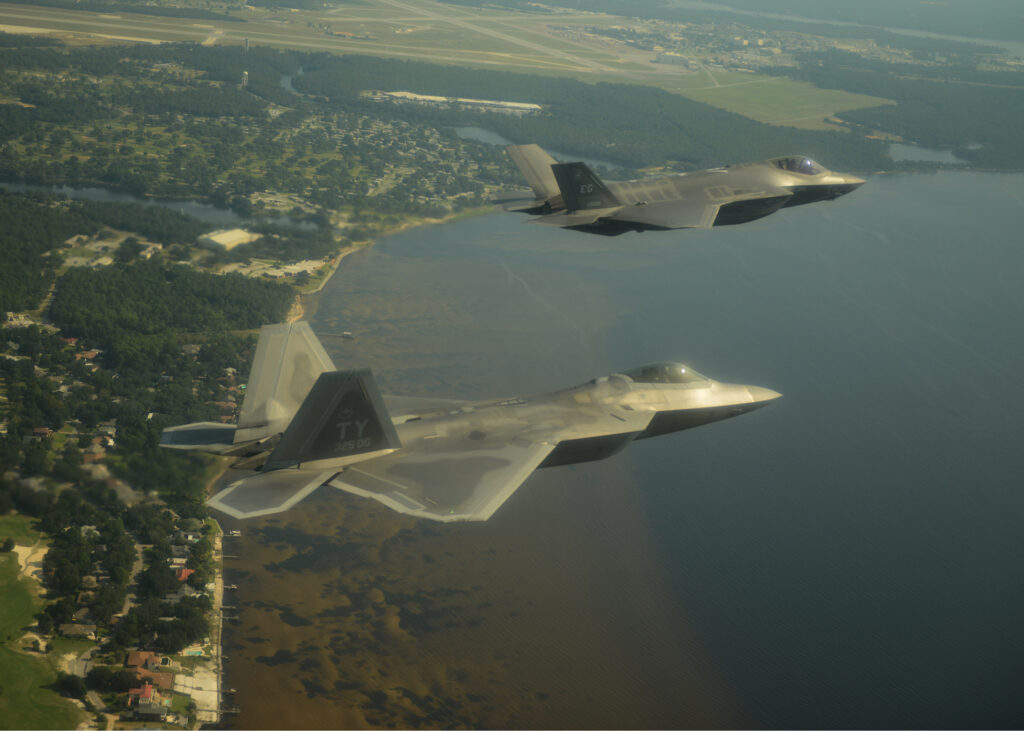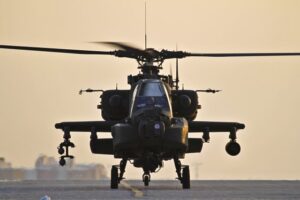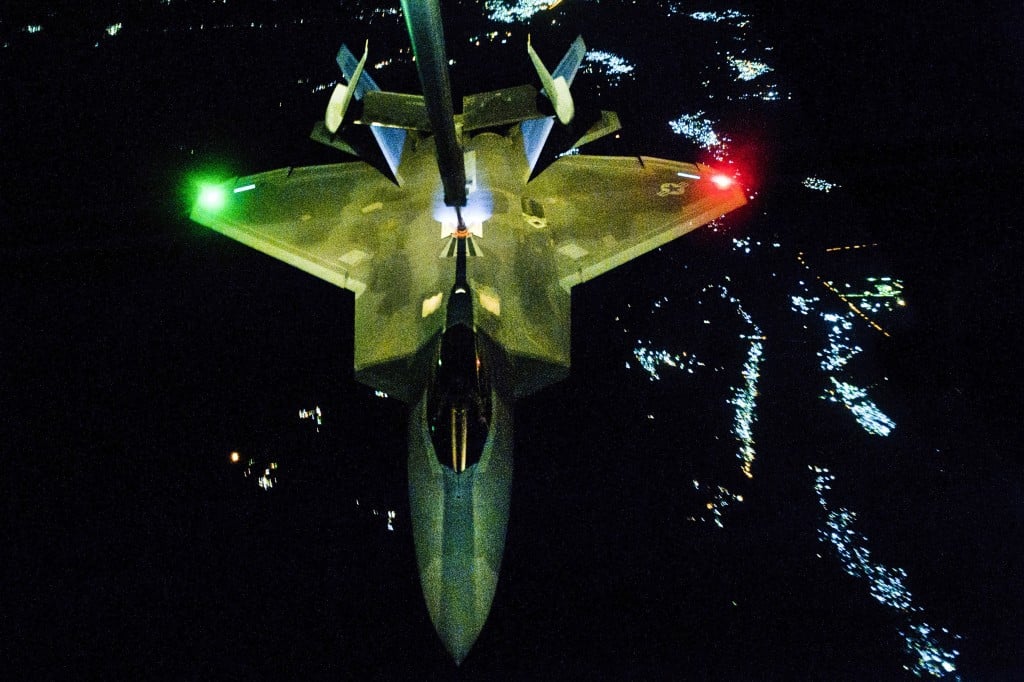HASC AirLand Asks: Should We Restart The F-22???
Posted on
WASHINGTON: It’s a bit hard to believe, but the House Armed Services Air and Land Forces subcommittee wants the Pentagon to consider the possibility of restarting the F-22 production line.
“In light of growing threats to U.S. air superiority as a result of adversaries closing the technology gap and increasing demand from allies and partners for high-performance, multi-role aircraft to meet evolving and worsening global security threats, the committee believes that such proposals are worthy of further exploration,” the markup language says.
No one would be happier than Air Force Air Combat Command’s own Gen. Hawk Carlisle, who has told reporters his big dream would be to see the line of the world’s preeminent air-to air fighter restarted.
But, I’m willing to bet, this dog just cain’t hunt. Sorry, general. (Of course, Carlisle knows the truth about the F-35 and the F-22. Here’s what he told our contributor Robbin Laird three years ago: “The F-35 is orders of magnitude better than the F-22 (which is the greatest air to air fighter ever built) as an electronic warfare enabled sensor-rich aircraft. We already are working synergy between F-22s and fourth generation aircraft to provide greater fidelity of the information shaping air combat operations. With the F-22 and F-35 combination and the folding in of on-orbit information and surveillance systems, we will be able to generate more synergy across the fleet.”)
 Sydney attended the background briefing on the air and land markup. A staffer who answered questions about the idea made clear this push came from one member. A restart would probably be “very expensive,” the staffer noted. Overall, according to Sydney, the vibe at the HASC briefing was that a F-22 restart was not a serious idea. If you’re a senior Air Force officer, you’re probably letting out a sigh of relief after that line.
Sydney attended the background briefing on the air and land markup. A staffer who answered questions about the idea made clear this push came from one member. A restart would probably be “very expensive,” the staffer noted. Overall, according to Sydney, the vibe at the HASC briefing was that a F-22 restart was not a serious idea. If you’re a senior Air Force officer, you’re probably letting out a sigh of relief after that line.
Why? Because restarting the F-22 line would suck enormous amounts of money, time and expertise from the F-35 and B-3 (or B-21, as Air Force Secretary Deborah Lee James insists on calling it) programs. Not only would it be disruptive, but it would probably take a few years before more F-22s started rolling off the line. And then there’s that whole presidential election thing. Would any responsible president or Defense Secretary support such an endeavor. Methinks not.
There’s a provision we could call Go Ask ALIS in the markup. It would require the Government Accountability Office’s Comptroller General “to conduct an analysis of status of and approaches considered in the sustainment support strategy for the F-35 Joint Strike Fighter program.” The language directs that the report “consider best practices for contractor logistic support” should it prepare the report.

The Wrong Army?
As for the Army, the subcommittee asks whether a force shaped by 15 years of guerrilla warfare — and now wracked by downsizing — has the right weapons and skills to confront a major nation-state like Russia. (The Army’s own top leadership would answer “no”). Drawing at times almost verbatim from the congressionally chartered National Commission for the Future of the Army, the subcommittee orders them to look at “the ways, and associated costs, to reduce or eliminate shortfalls in responsiveness and capacity of the following capabilities:
(1) AH-64-equipped Attack Reconnaissance Battalion capacity to meet future needs;
(2) Air defense artillery (ADA) capacity, responsiveness, and the capability of short range ADA to meet existing and emerging threats (including unmanned aerial systems, cruise missiles, and manned aircraft), including an assessment of the potential for commercial-off-the-shelf solutions;
(3) Chemical, biological, radiological, and nuclear capabilities and modernization;
(4) Field artillery capabilities and the changes in doctrine and war plans resulting from the memorandum of the Secretary of Defense dated June 19, 2008, regarding the Department of Defense policy on cluster munitions and unintended harm to civilians, as well as required modernization or munition inventory shortfalls;
(5) Fuel distribution and water purification capacity and responsiveness;
(6) Army watercraft and port opening capabilities and responsiveness;
(7) Transportation (fuel, water, and cargo) capacity and responsiveness;
(8) Military police capacity; and
(9) Tactical mobility and tactical wheeled vehicle capacity and capability, to include adequacy of heavy equipment prime movers.” [Editors’ note: this means trucks]
At least the M1 tank seems to be in good shape: The Army has tried to protect its heavy armored forces from the downsizing — albeit often at the expense of less glamorous but still essential specialist troops.
Sydney Freedberg contributed to this article.
Subscribe to our newsletter
Promotions, new products and sales. Directly to your inbox.

